By the SMU Social Media Team
Singapore imports 90 per cent of its food requirements, and 60 per cent of its water. For decades, the country has relied on its ability to buy its necessities on the global market. However, the global conditions of open markets, free trade and abundant food are threatened by the onset of climate change and rising fears of protectionism.
Faced with these challenges, a group of alumni who were enrolled in the Master of Tri-Sector Collaboration (MTSC) programme at SMU’s School of Social Sciences decided to look into how Singapore’s domestic agriculture industry could be reorganised and revitalised to reduce the country’s dependence on imports.
The group started to explore the wider issues of food security and self-sufficiency early on in their research, but the announcement and public attention on the reallocation of land in the Kranji countryside caused them to switch their focus towards strengthening the local food production system.
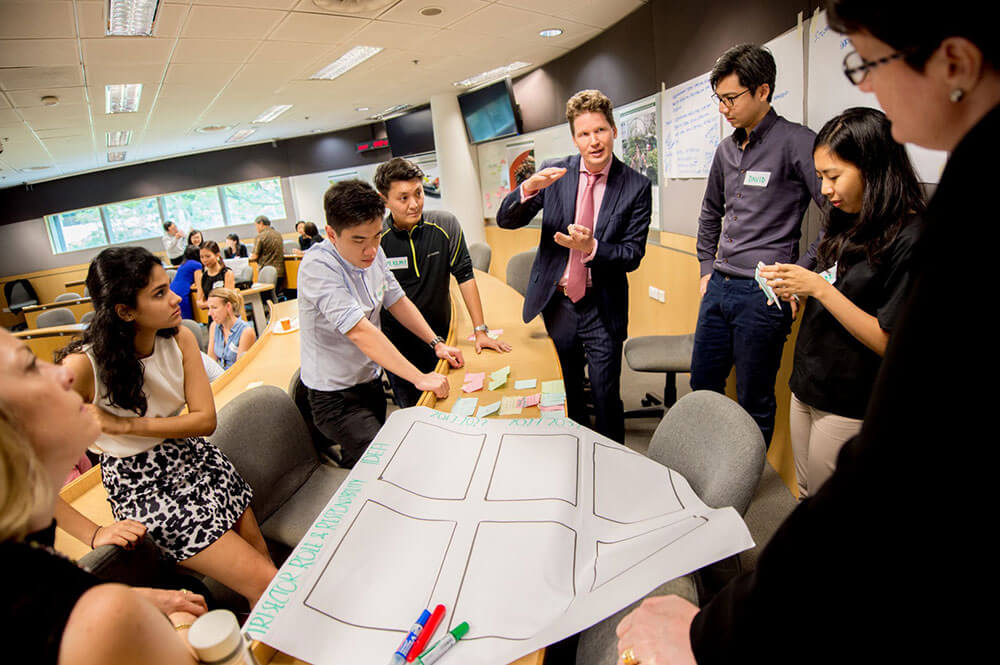
The Singapore government hopes that traditional farmers whose leases in Kranji are running out will move to new plots that have been allocated for high-tech agricultural techniques. The hope is that techniques, such as vertical farming, and automation, will allow the country to optimise its limited land and small workforce to increase its agricultural productivity.
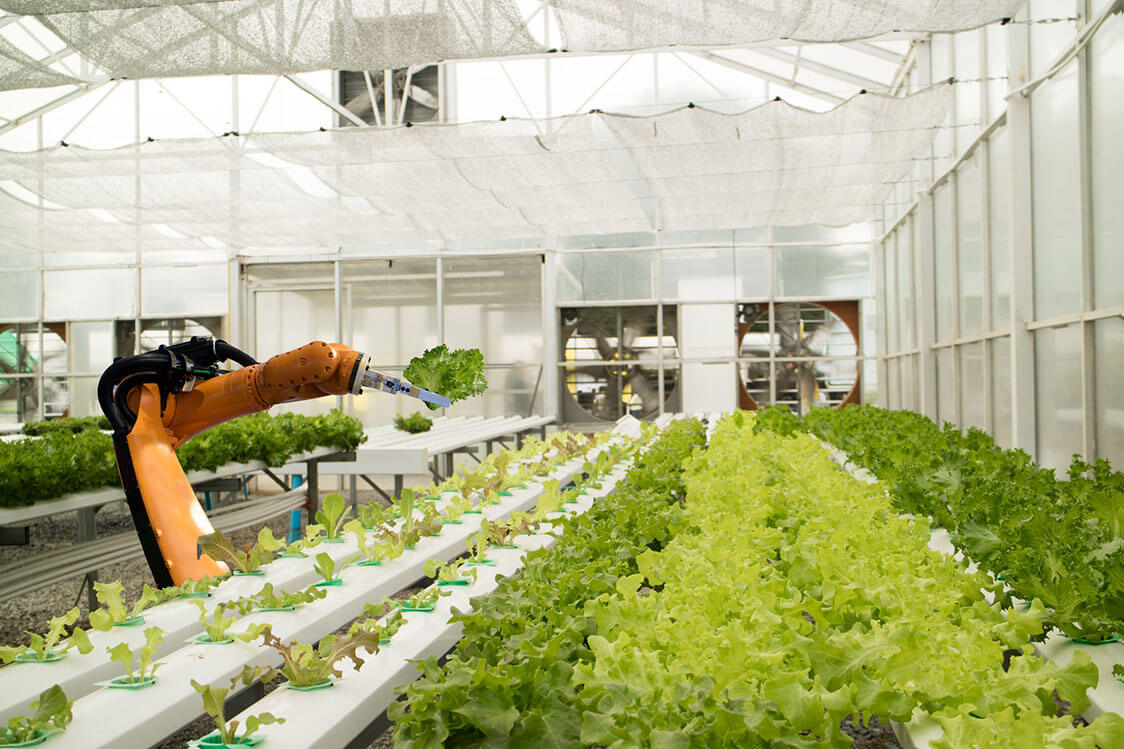
David C. Y. Chen, an SMU MTSC alumnus, said that it is important to focus on finding pragmatic solutions that can work despite Singapore’s small size and labour constraints. Food security draws in considerations of international trade, foreign policy and global markets, which are outside of the influence of local actors.
“Pragmatically, we have decided to take a more collaborative front, acknowledging the Little Red Dot’s limitations,” David said. “The bigger question is therefore what we can do better on home ground to complement our food quantity and quality?”
The constraints of limited land and a small, ageing workforce in Singapore are unlikely to change, and represent real challenges for entrepreneurs looking to address the country’s domestically-sourced food supply.
“Agriculture should definitely move up the priority lists in terms of infrastructure and education,” David suggests. That means more of a focus on creating physical space for the sector, and more emphasis on planning to ensure that land and resources that are available for farming are optimised; as well as more dissemination of information about the agriculture sector so that people are better aware of how the food system works, and how those limited resources can be best used.
David’s group presented a possible model for the future of Singaporean agriculture. Their “satellite” approach envisages a series of distributed, high-tech community farms that feed into the country’s food supply. Localising the food supply has additional benefits, including reducing the environmental impact of the agricultural supply chain and bringing more fresh, healthy food to market.
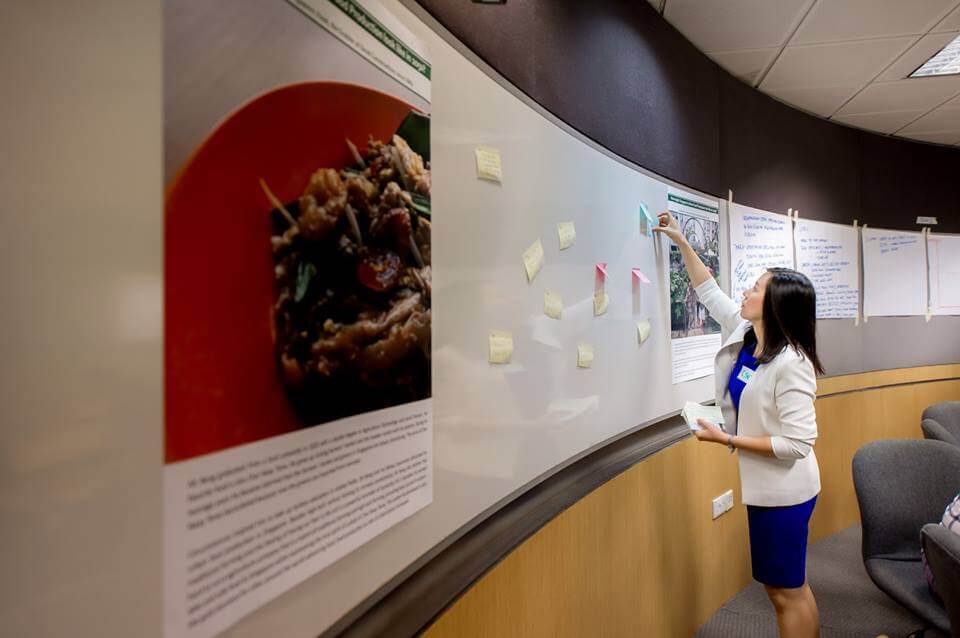
Self-sufficiency in all foodstuffs is very unlikely, but there are some “low-hanging fruit” where the right attention and investment could lead to a total replacement of imports. Singapore could be self-sufficient in eggs, David said, if the value chain can be improved, while advances in vertical farming and a commitment to the “satellite” model could dramatically reduce the need for imported vegetables.
“It is not a solve-it-all solution and that’s not how we are positioning it,” David explains. However, he believes that getting more communities—or the whole nation—more involved in food production would teach people to be more appreciative and self-aware about their use of resources. That could drive people to limit the amount of food that they throw away, which would, in turn, reduce the amount of food the country needs to produce or import.
Getting Singaporeans, and in particular young people, to engage with the food system and to see the potential of high-tech agriculture is crucial if the sector is going to develop. The sector needs passionate people to start and build businesses and to invest. “Ag-tech” as it is known may help to attract graduates to farming, David said, but the sector’s appeal goes beyond its commercial potential.
“While some agree that technological advancement in food production is inevitable—lab produced meat, GMO, etc.—most of us would like to retain at least a portion of basic humanity,” he said. “For our future generations, we hope they are still able to see their food in their most natural state and have the joy of holding a handful of soil with their bare hands. For agriculture to work in Singapore, it is a whole nations’ effort.”

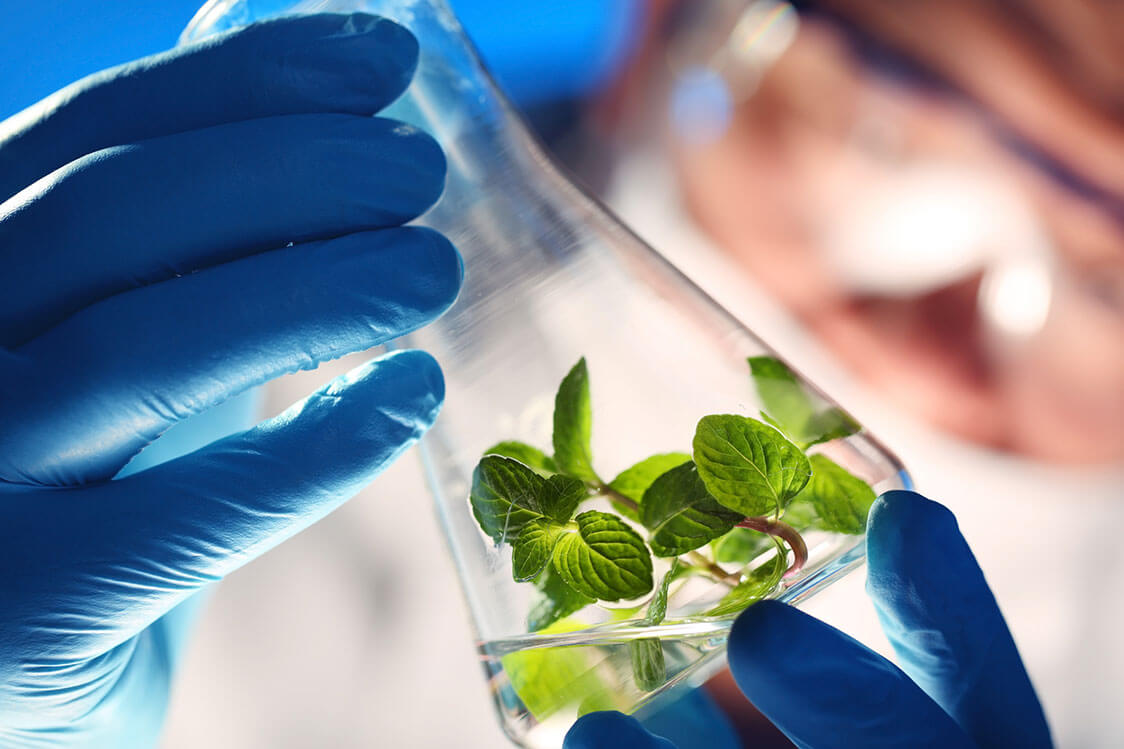



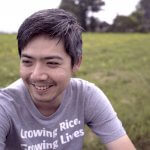
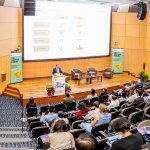

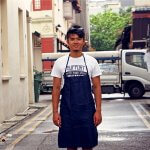
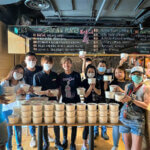
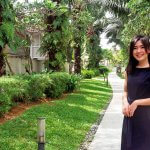

One thought on “Feeding Singapore: A Hungry City in a Fragile World”
thank you for this letter